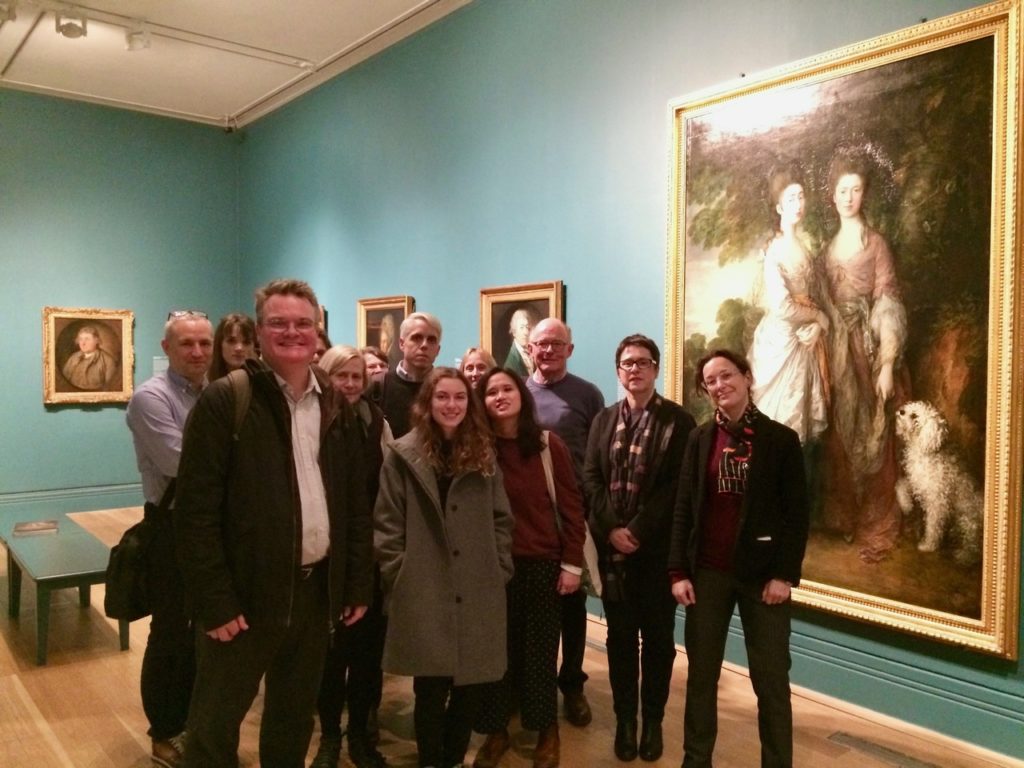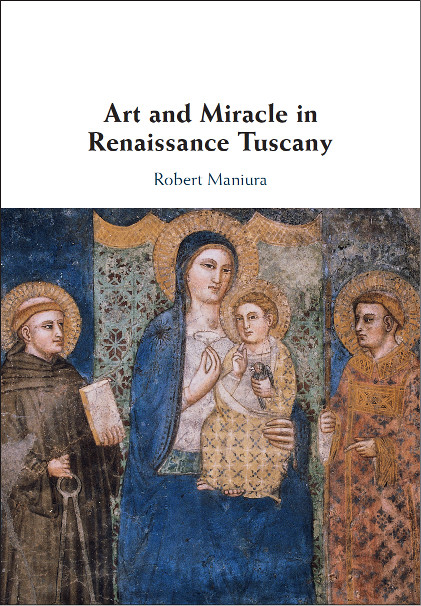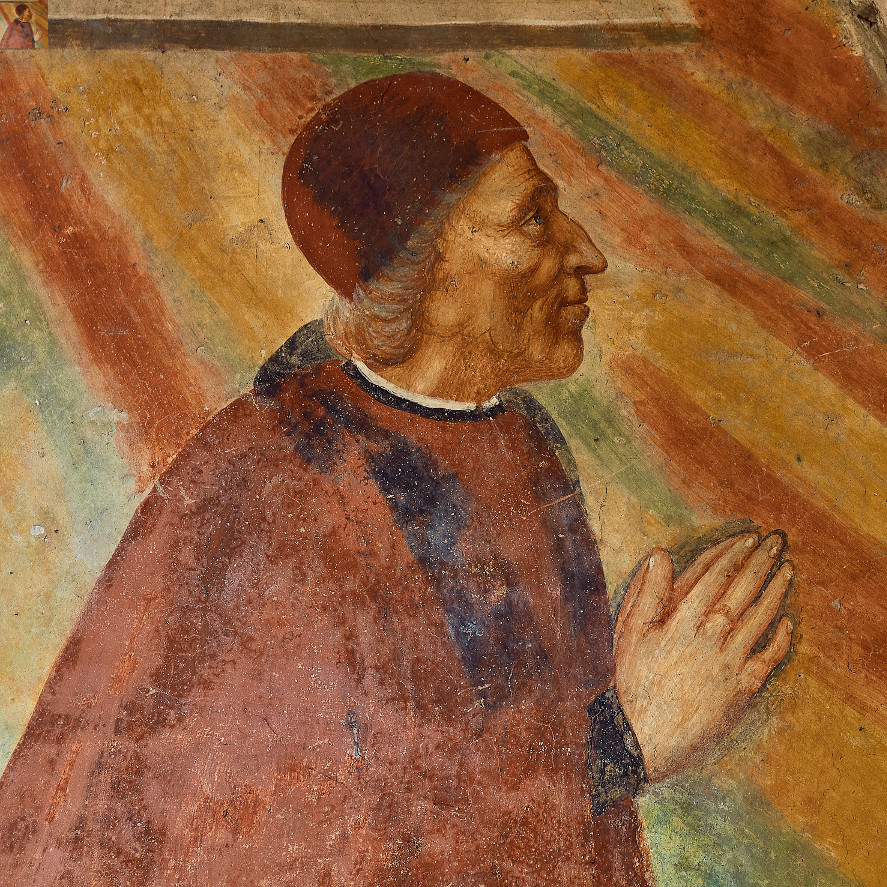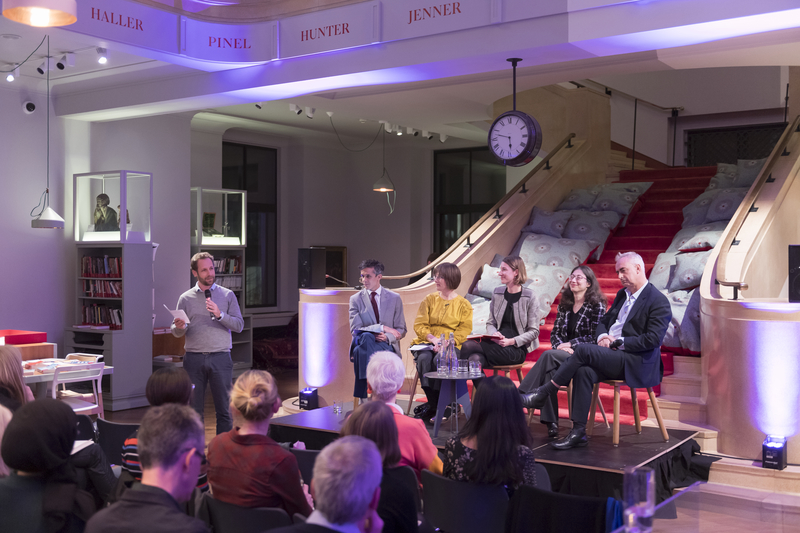One last blog before the end of 2018 and the proper beginning of the holidays.
First some exciting recent events to take note of:
On 10 December, the Centre for Museum Cultures hosted a ‘Meet the Curator’ event with Dr Lucy Peltz, senior curator at the National Portrait Gallery and an Honorary Research Fellow at Birkbeck. The group (shown in the photo here) was treated to an exclusive after-hours tour of the Gainsborough’s Family Album exhibition. Dr Peltz gave some fascinating insights not only into Gainsborough and his acclaimed portraits, but also into some of the challenges faced by the curator in the years building up to opening night, and the excitement of discovering major works that had long been considered lost. Keep your eyes open for future similar events in London museums organised by the Centre.
We also recently celebrated the publication of Robert Maniura’s new book, Art and Miracle in Renaissance Tuscany, published by Cambridge University Press. The book uses the records of a Prato lawyer, Giuliano Guizzelmi (depicted in the image below), as a guide to the visual and devotional culture of Renaissance Italy. Focussing on his treatment of local miracle shrines, it explores the active role given to the visual among the challenges of everyday life. Warm congratulations to Robert on this major publication.
Leslie Topp (that’s me) was on a panel co-organised by the Design Council and the Wellcome Trust’s Policy unit on ‘Building Healthy Places’, timed to coincide with the fascinating Living with Buildings exhibition currently on at Wellcome Collection until 3 March. I offered the historical perspective alongside an architect, a developer and an urban planner (I seemed to end up saying ‘there’s nothing new about that’ a lot). Health and wellbeing is a hot topic in housing and planning policy at the moment. The image shows the panel in the gorgeous Wellcome library reading room which is right around the corner and open to the public – check it out. Those cushions are a lot more comfortable than the chairs we were sitting on.
And now for some upcoming events and opportunities:
The Department of History of Art is collaborating with the Courtauld and Warburg Institutes to organise an event you should really try to make it to on Saturday 9 February, 1-4pm in the Gordon Square cinema: ‘Un Oeil, Une Histoire: What do we do when we do art history?’ ‘Un Oeil, Une Histoire’ is a series of French-made documentaries, each of which focuses on a well-known art historian in the setting of their own home, speaking to camera about a personal selection of artworks (present as postcards laid out on a table) and tracing their trajectory of into the discipline and particular mode of thinking about art and its histories. You can see a trailer for the series here. We will be screening two of the films, one on Svetlana Alpers, the American scholar who writes on Northern Renaissance art, and the other on Georges Didi-Huberman, a French art historian and philosopher whose writings explore art historiography, psychoanalysis, and contemporary art. The screenings will be followed by a round table of three early career art historians from each of the participating institutions, reflecting on the films and on their own positions and practices. A great opportunity to see two absorbing and fascinating films and to think about what we do when we do art history. Book your place here.
If you’re looking to future careers and you’re interested in the creative industries you might want to take part in a hackathon Birkbeck is hosting on Friday 25th and Saturday 26th January. Priority is being given to students in the Arts. The event aims to develop participants’ entrepreneurial skills as well as work on innovative ideas for a business. This hackathon will offer students the opportunity to come together to learn, create, test, prototype and present their ideas to tackle some of the big environmental challenges facing the capital. The best teams will walk away with a substantial cash prize: 1st Place = £2,000; 2nd Place = £1,000! Students can register and get more information here. (Password: BBKHACK19)
Last but very much not least, a word about our colleague Dr Tag Gronberg. Tag is retiring at the end of this month, after 26 years in the department, during which she served as Head as well as in other key roles, including Director of Research, and, most recently, Programme Director of the MA History of Art. A brilliant historian of design, visual culture and urban culture, a very popular teacher and a hugely valued colleague, she’ll be much missed. We’re delighted that she’s been granted Emeritus status by Birkbeck’s Academic Board, and in fact we’re not losing her, since she’ll continue to be involved in the rich research culture of the department. In honour of one of her many research interests, here’s a glimpse of Viennese café culture…
Happy holidays! See you in 2019.
. . Category: Uncategorized









